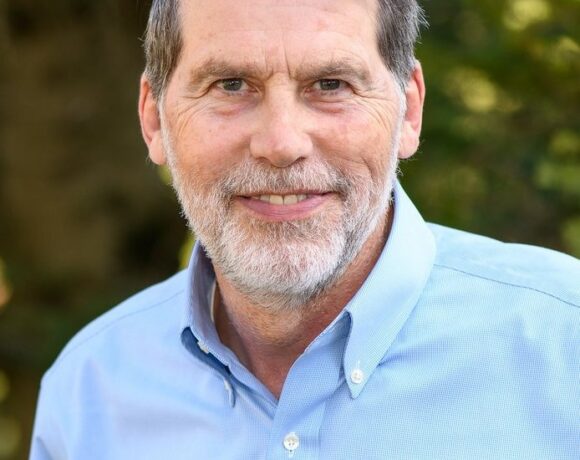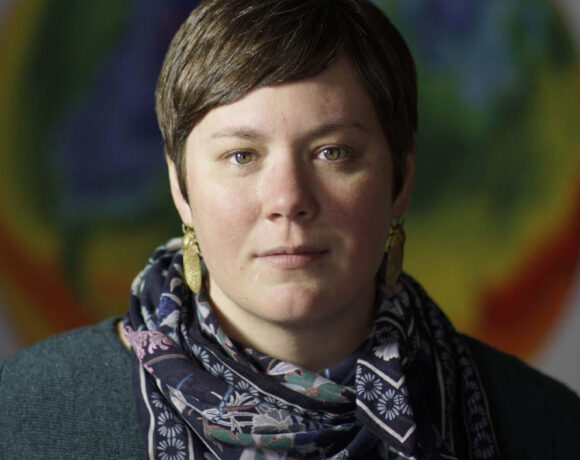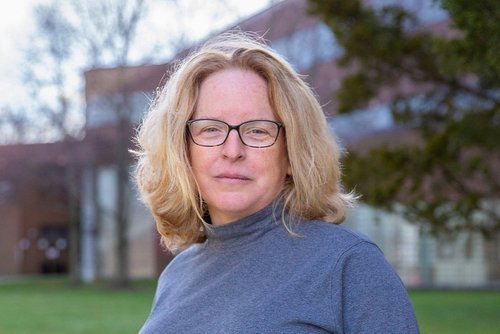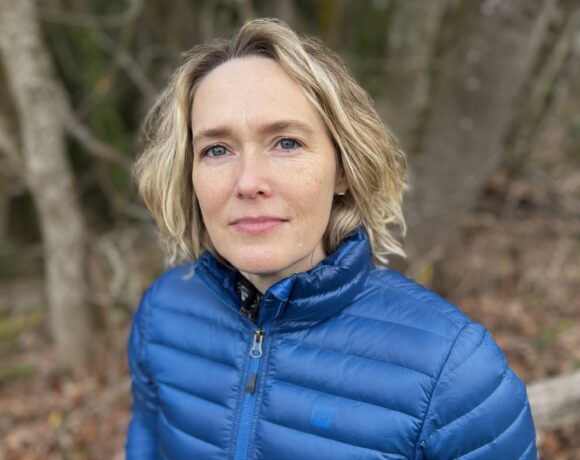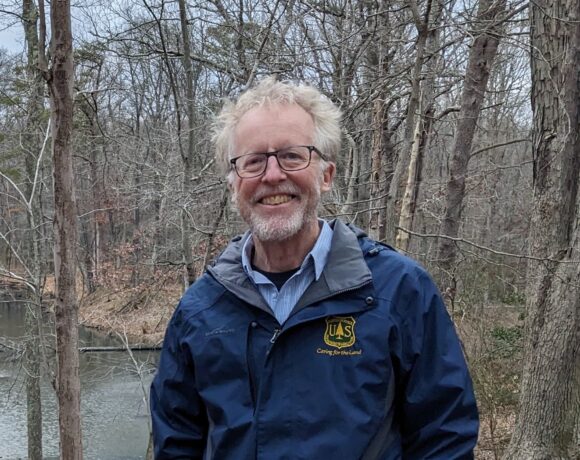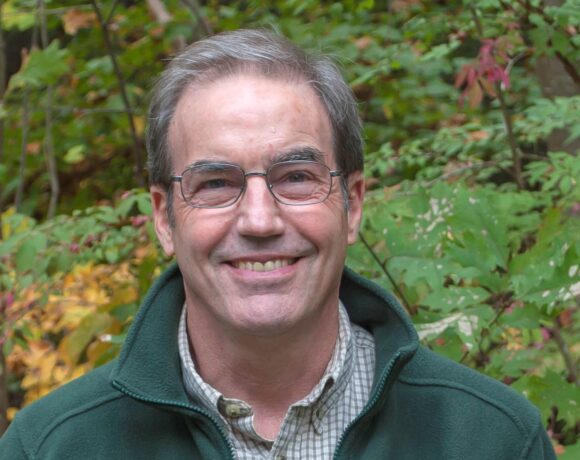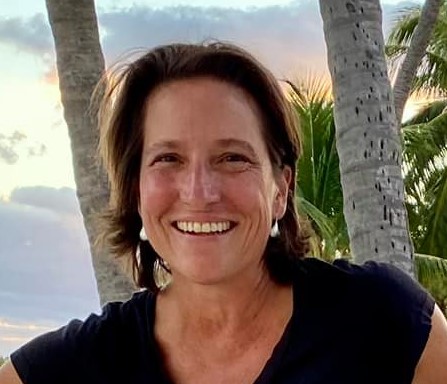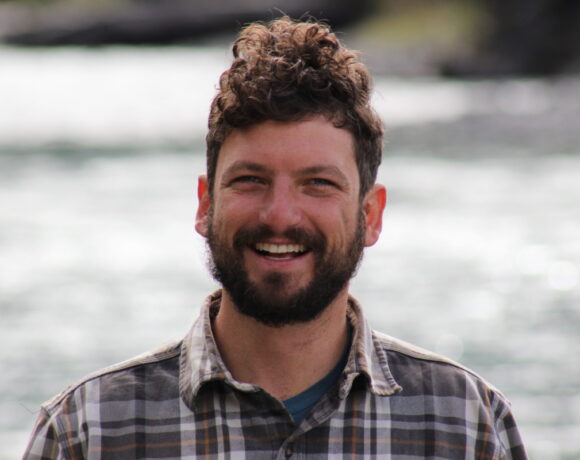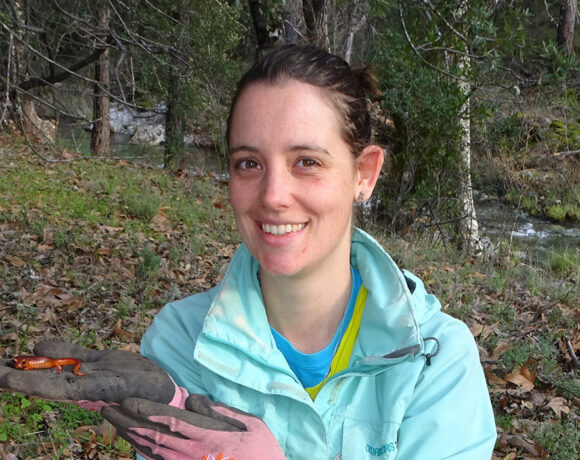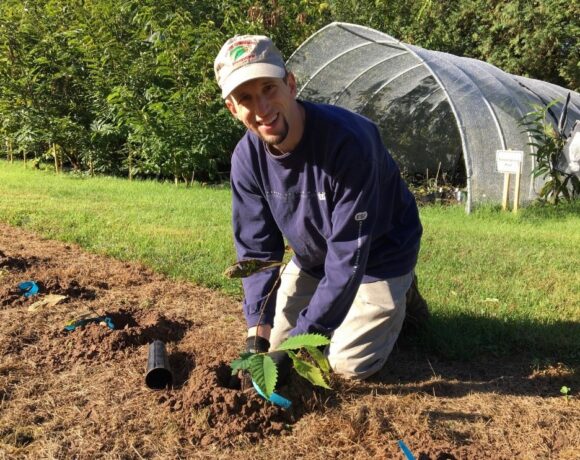Dr. Jeff Corbin’s work aims to unlock the drivers and resistance to invasions. NYISRI is pleased to feature his work in this month’s researcher spotlight:
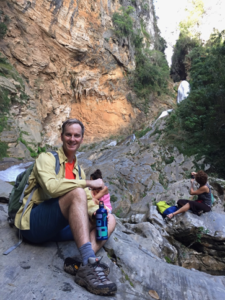
What kinds of research questions related to invasive species are you currently asking?
My focus lately has been on the biogeography of invasive species. What conditions make ecosystems susceptible to invasions? What kinds of community characteristics are associated with resistance to invasion? By studying broad patterns across the landscape that apply to multiple conditions, we can better inform policy and management.
What are the basic methods you are using to answer your research questions?
Answering these questions often relies on data collected by others, such as the National Parks Service or the US Forest Service. There is a wealth of ecological data out there that can be applied to answer questions far beyond the original intentions. For example, plot-level plant surveys, collected across hundreds or thousands of sites, can be combined with environmental, economic, or even phylogenetic data to unlock the drivers of species invasions.
Do you have a personal story or path that led to your interest in this research?
I grew up hiking in Northern California’s grasslands, unaware that most of the plants I was looking at didn’t belong there. But I still love those landscapes, and it gives me a perspective about the value of even highly invaded landscapes. We can fight to head off future invasions, and protect native biodiversity wherever we can, but we shouldn’t write off any open space as worthless. Whatever the plants and animals there, it beats a subdivision!
How does your research relate to the wider field of invasive species prevention/management?
I am always working to ask questions that have meaning for policy and management. What are best practices for control? What policies can best prevent future invasions? Lately, my work has highlighted the role of tourism as a vector for species invasions – which offers a new priority for policy-makers. Another recent finding was that habitats with a diverse native flora are better-able to resist invasions. So, preserving biodiversity can act as a “virtuous circle” by preventing invasions.
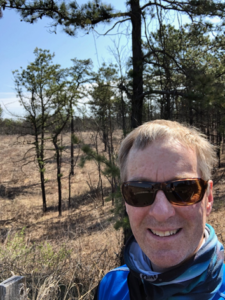
What’s the most important thing about your research for stakeholders, managers, or policy makers to know?
Well, they don’t need me to tell them, but preventing invasions in the first place is the best control method. Containment and eradication are tough work.
What do you hope the long-term impact of your work will be?
My favorite image of science is Hope Jahren’s description, in her great book Lab Girl – that we scientists stand on rocks thrown into a rushing river by scientists of the past. Our purpose is to “stand on the rock [thrown by others], bend and claw another rock from the bottom, and then cast it down a bit further and hope it would be a useful next step for some other person…” Species invasions are a reality that will get only more challenging as the climate changes. I hope that what we study now will be useful for developing even better strategies.
Read the results of Dr. Corbin’s collaborative study in Cuba
Read more researcher spotlights:



